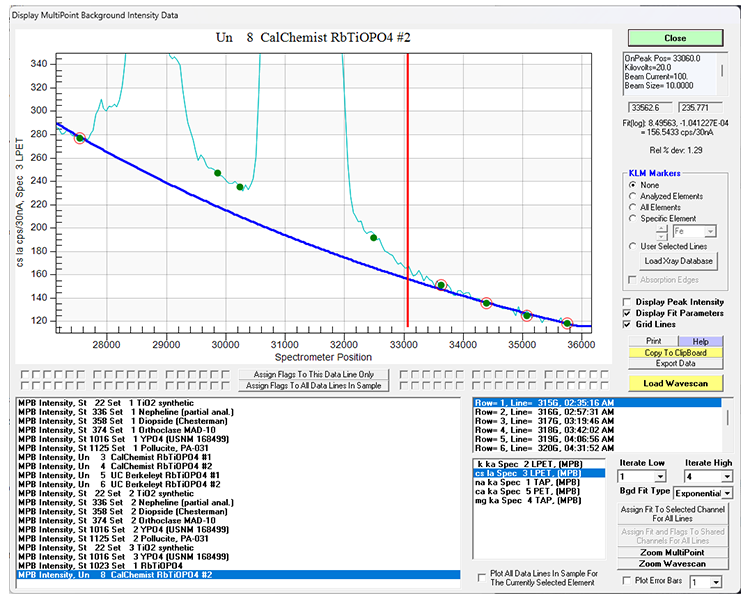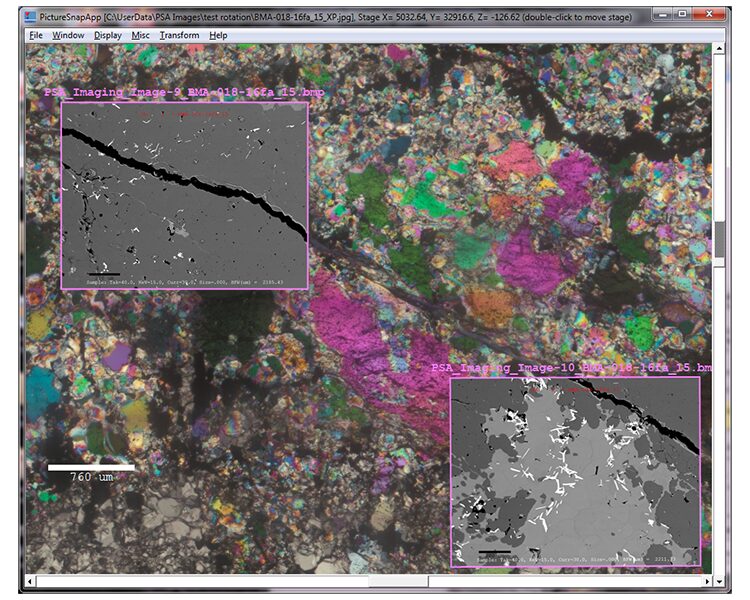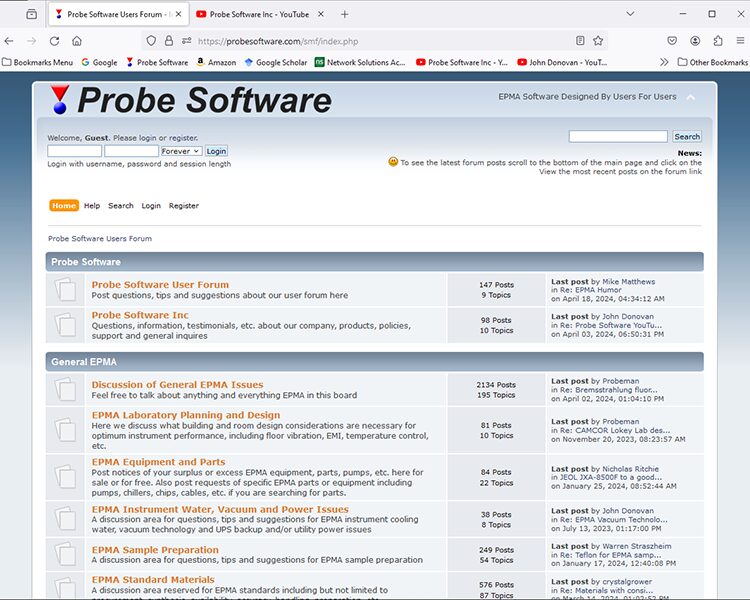Software to Unlock the Potential of Your Electron Microprobe
EPMA Software for Users by Users
We specialize in cutting-edge EPMA software for acquisition, automation, and analysis for modern JEOL and Cameca electron microprobes.

Software for Your JEOL and Cameca Electron Microprobe
Probe For EPMA
Our flagship product, Probe For EPMA, is designed for acquisition, automation and quantitative analysis. With seamless compatibility for your existing JEOL and Cameca instruments, it integrates effortlessly to enhance your productivity and analytical capabilities.
Learn more
Probe Image
Probe Image offers state-of-the-art imaging and quantitative x-ray mapping. Like Probe For EPMA, it connects simultaneously with your JEOL and Cameca instrument software, providing advanced network interfacing and powerful algorithms for superior performance.
Learn more
PictureSnapApp
Learn morePictureSnapApp provides an intuitive interface which streamlines sample navigation, annotation of objects, fields of view and embedded images on any instrument. PictureSnapApp makes it easy to transfer samples from one instrument to another and supports any instrument with an XY stage.

Revolutionizing EPMA Software for Modern Microanalysis
Probe Software is dedicated to offering the best software for acquisition, automation and analysis for modern JEOL and Cameca electron microprobes.
Unlike OEM instrument companies we do not sell hardware, instead we specialize in producing state-of-the-art software and are solely committed to producing the best user interface possible for your Electron Probe Micro Analyzer (EPMA).
By listening to our extensive customer base we make that special effort to implement your specific requirements and unique features to enable the ease of use you expect for your professional work.



Seamless Integration for Enhanced EPMA Performance
Probe For EPMA (for automation and quantitative analysis) and Probe Image (for imaging and quantitative x-ray mapping) are both designed for maximum compatibility to interface simultaneously with your existing instrument computer systems including:
- JEOL 8800/8900
- JEOL 8100/8200/8500
- JEOL 8230/8530
- JEOL iSP100/iHP200F
- Cameca SX100/SXFive
Probe Software utilizes a sophisticated and advanced native TCP/IP implementation for all instrument communication, therefore no alteration to your current system is required. This means that both the OEM and Probe Software applications can work together to improve your productivity and expand your analytical options.
Our advanced network interface allows both Probe Software and your OEM software to be connected simultaneously to JEOL and Cameca instruments without re-configuration or re-connection.
Now you can have the powerful Probe algorithms running on your new or existing JEOL or Cameca instruments with just a simple network connection!
On-Site and Remote Training

Resources and Community
EPMA User Forum
Join our community of EPMA professionals. Share insights, ask questions, and learn from experts in the field. Free and open to all microanalysts.
Visit the EPMA user forum
Probe Software on YouTube
Check out our YouTube channel for tutorials, webinars, and demonstrations of our EPMA software in action. Stay updated with the latest features and tips.
Follow us on YouTube





